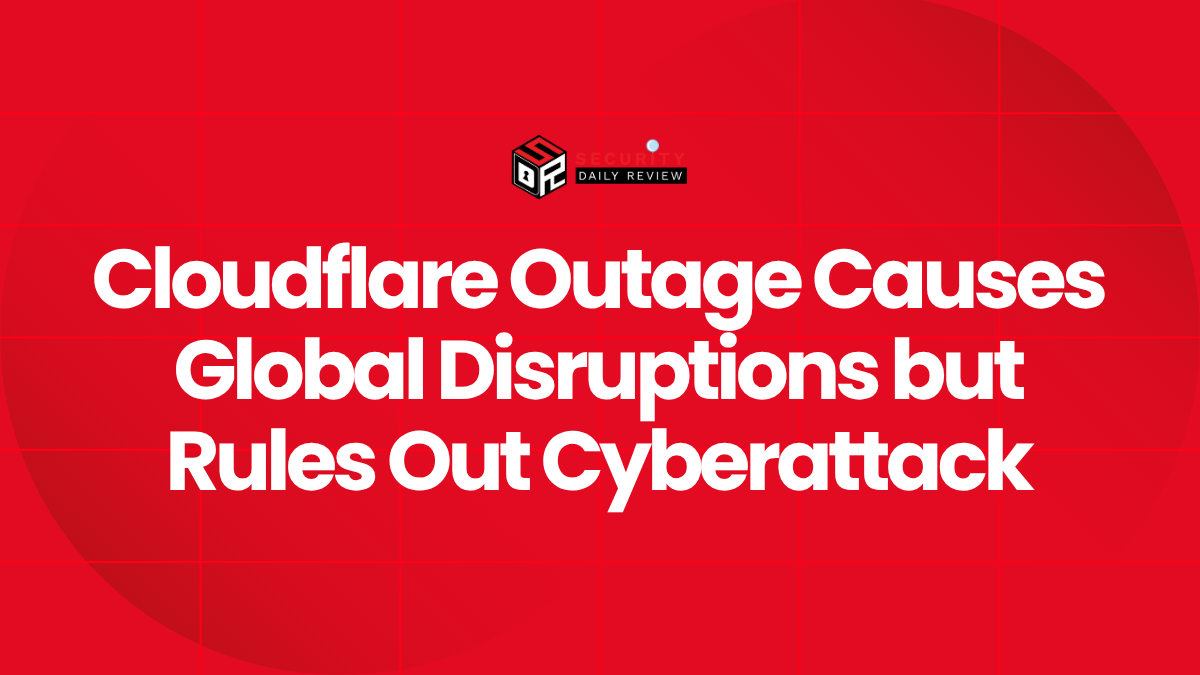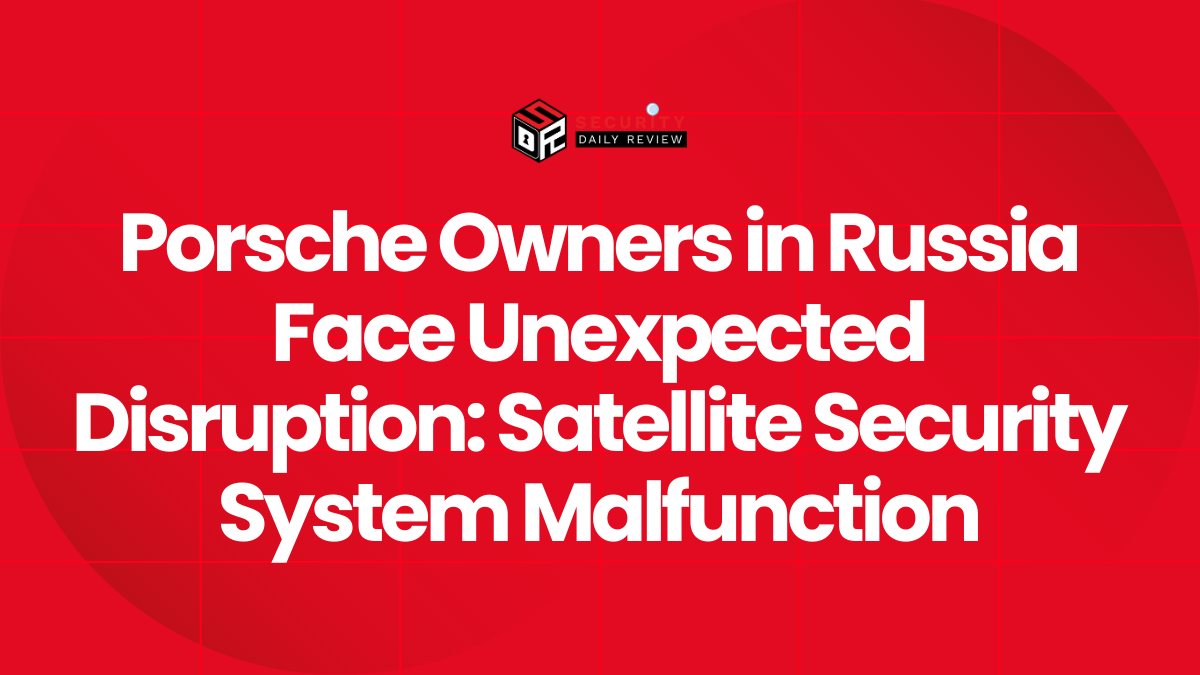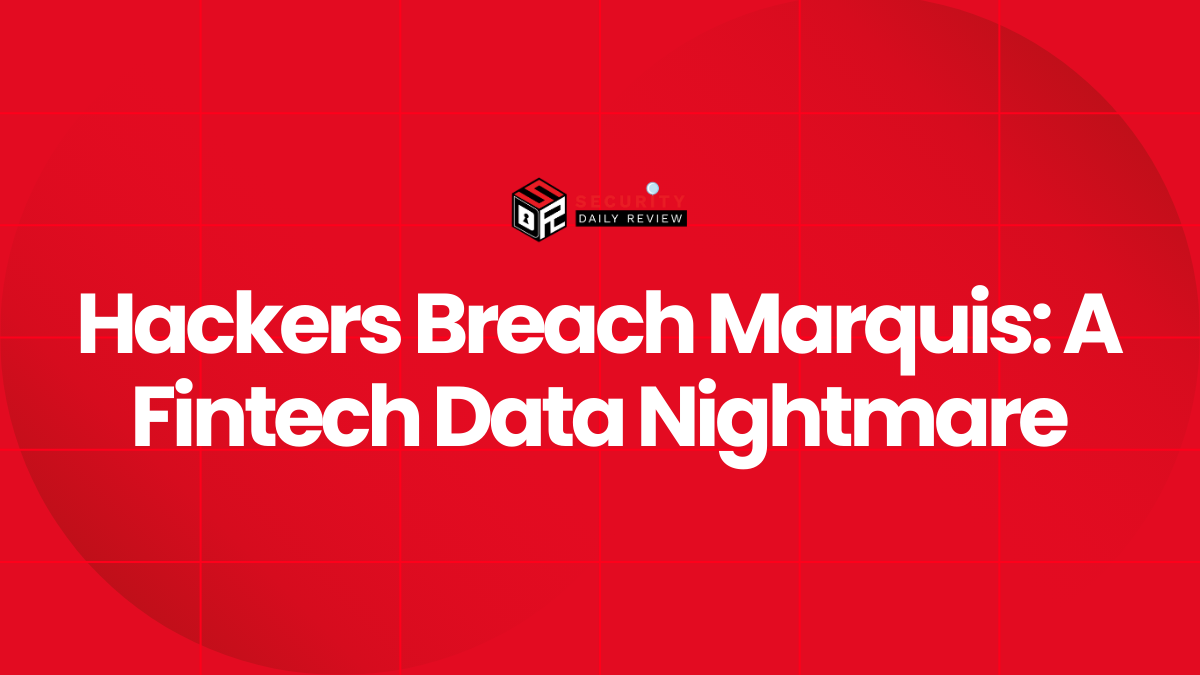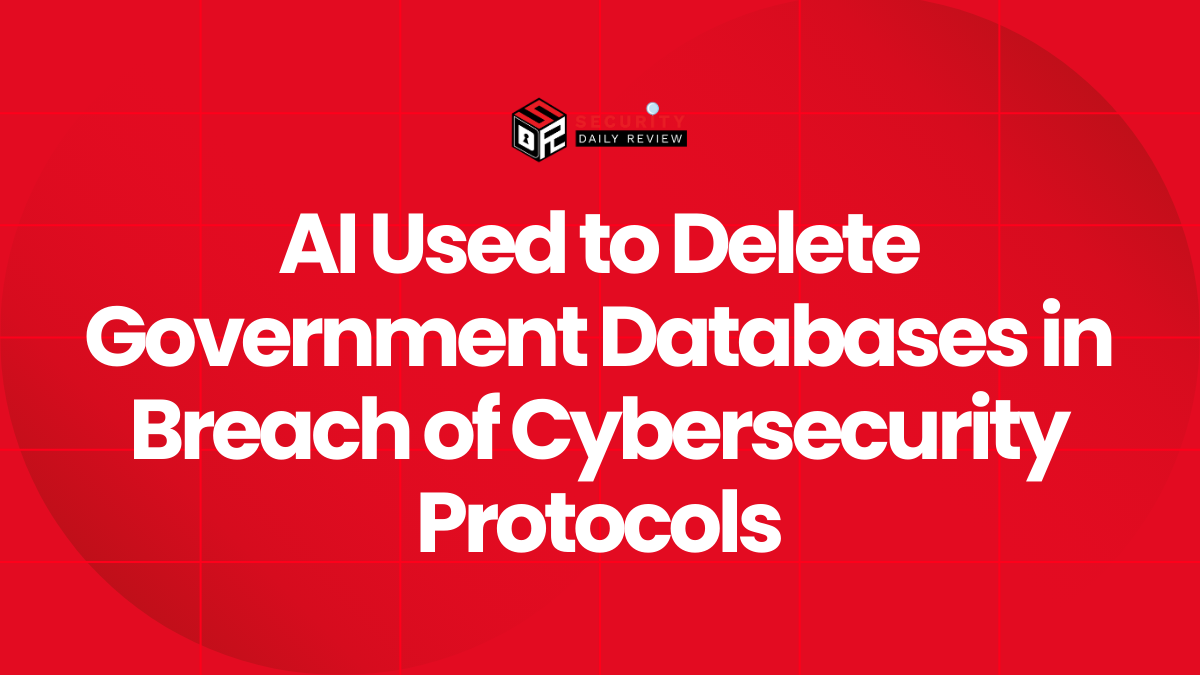A major outage at Cloudflare on November 18 temporarily disrupted access to high-profile online services including ChatGPT, Shopify, and X (formerly Twitter), alongside public sector platforms such as transit and city government systems. In the wake of widespread speculation about the cause, Cloudflare confirmed that the failure was not due to a cyberattack, but rather a system configuration issue. The company resolved the incident within an hour, but its scale raised critical concerns about the fragility of modern network infrastructure.
Global Impact Underscores Dependence on Edge and DNS Services
The outage drew attention to Cloudflare’s central role in modern internet functionality. As a key provider of edge networking, domain name system (DNS) resolution, and security services, Cloudflare operates as critical infrastructure for thousands of digital businesses and platforms.
Major Platforms Affected Across Several Regions
Online services experienced immediate disruptions when the incident occurred just before noon UTC:
- ChatGPT users reported timeout errors and access failures
- Shopify storefronts and merchant pages faced loading issues
- X saw intermittent disruptions in data feed and user functionality
- Public sector sites, including transportation and municipal services, went offline or struggled to load
The outage response dashboard indicated failures impacting edge services, DNS, and caching behaviors — cascading into widespread inaccessibility. This chain of dependency illustrates how a malfunction at a single infrastructure provider can cripple popular services across different sectors.
Technical Root Cause Attributed to Configuration Error
Despite early speculation about a potential distributed denial-of-service (DDoS) attack or intrusion attempt, Cloudflare quickly clarified the nature of the disruption.
“This was not the result of a cyberattack,” said Cloudflare in an official statement. “It was caused by a bad deployment that impacted our network.”
Cloudflare emphasized that its automated safeguards and rollback mechanisms quickly isolated the misconfiguration. After halting the faulty deployment, the affected systems began recovering within minutes. Nevertheless, the incident highlights the complexity and potential brittleness in interconnected cloud systems — particularly when changes propagate at a global scale.
Lessons on Configuration Management and Resilience
The disruption stands as a reminder of the risks involved during system updates or configuration rollouts, especially in global-scale services where even milliseconds of inaccessibility can result in millions of unhappy users and financial losses.
Best practices in deployment management include:
- Canary deployments to limit scope of unverified changes
- Real-time monitoring for early anomaly detection
- Automated rollback tooling when performance deviates from baseline metrics
Cloudflare’s use of such strategies likely prevented a longer outage, but even brief events have outsized impact when they span many dependent systems.
Industry Stakeholders Call for More Resilient Architectures
The incident also renewed calls from within the tech and cybersecurity communities for greater architectural resilience. With global digital services leaning heavily on a few cloud infrastructure providers, questions arise about how such concentrated dependencies can become single points of failure.
Cybersecurity professionals advocate for the diversification of DNS service providers and the implementation of multi-cloud strategies as potential mitigations.
Continuity Requires Broader Collaboration
While Cloudflare’s transparency and swift response help maintain trust among enterprise customers, recurring outages — even if short-lived — can weaken confidence among end users.
Regular testing of failover systems, distributed deployment protocols, and transparent post-incident reports are essential to navigating the next inevitable outage, whether caused by human error or security threats.
Outage Serves as a Test of Resilience for Critical Infrastructure
The November 18 Cloudflare outage underscores the delicate balance between speed, availability, and risk in modern cloud networking. Although not caused by a cyberattack, its global impact amplifies the need for robust configuration management, operational resilience, and distributed system design.
As businesses continue to build on top of shared cloud ecosystems, events like these serve as wake-up calls — not just for software engineers and IT teams, but for broader leadership to invest in resilience and redundancy strategies that anticipate failure, rather than merely react to it.









